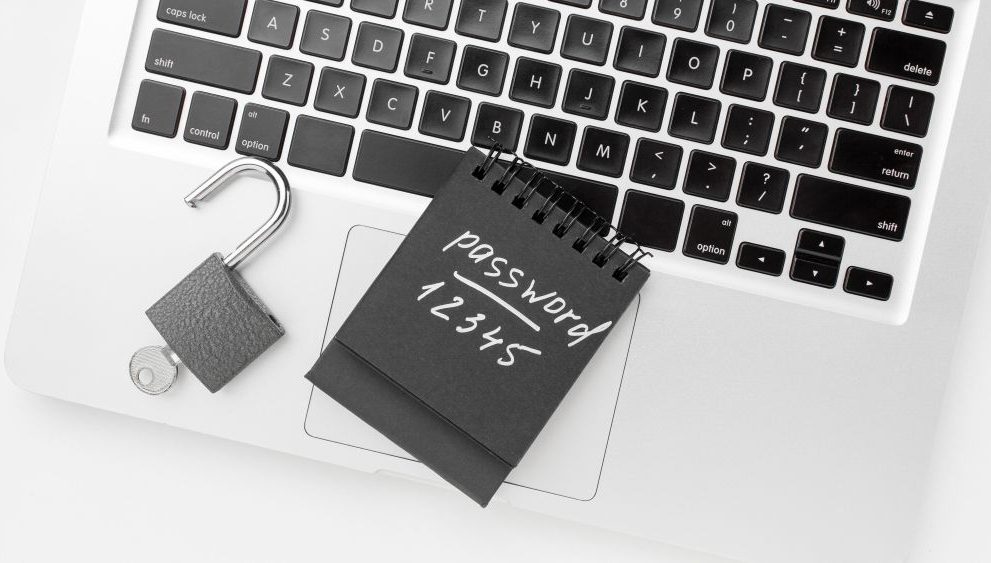In a world where our lives are increasingly tied to our online accounts, the importance of password security cannot be overstated. From social media and email to banking and shopping, our passwords are the keys to our digital identities. Unfortunately, many people underestimate the risks associated with weak passwords, leaving themselves vulnerable to hackers and cybercriminals. A single password weakness can have devastating consequences, allowing attackers to steal your personal information, drain your bank accounts, and wreak havoc on your life.
In this blog, we’ll explore the dangers of very weak passwords, the methods hackers use to exploit them, and the steps you can take to create strong, secure passwords that keep your online accounts safe. Whether you’re a tech-savvy individual or a first-time user, this article will provide you with the knowledge and tools you need to protect yourself in an increasingly digital world.
What Makes a Password Weak?
A password is weak when it is easy to guess, either by a human or a computer program designed to crack passwords. Common characteristics of weak passwords include:
- Short length (less than 8 characters)
- Containing only letters or only numbers
- Using common words or phrases (e.g., “password,” “123456”)
- Including personal information (e.g., birthdays, pet names)
Many people make the mistake of using too weak passwords for the sake of convenience, such as using the same password across multiple accounts or choosing passwords that are easy to remember. However, these practices significantly increase the risk of a security breach.
How Hackers Exploit Weak Passwords
Cybercriminals employ various methods to crack weak passwords and gain unauthorized access to online accounts. Some common techniques include:
- Brute-force attacks: Using automated software to guess passwords by trying every possible combination of characters.
- Dictionary attacks: Attempting to guess passwords based on a list of common words and phrases.
- Phishing scams: Tricking users into revealing their passwords through fake emails or websites that appear legitimate.
- Social engineering: Manipulating users into disclosing their passwords by exploiting human psychology and trust.
Real-world examples of cyberattacks caused by poor password security are numerous. In 2021, a data breach at the video game company Electronic Arts (EA) was attributed to hackers gaining access through a compromised employee password. The attackers stole valuable source code and other sensitive data.
The Consequences of a Compromised Password
The aftermath of a password that is too weak being compromised can be severe and far-reaching. Some potential consequences include:
- Identity theft: Hackers can use your personal information to open new accounts, take out loans, or commit other forms of fraud in your name.
- Financial loss: Cybercriminals can drain your bank accounts, make unauthorized purchases, or steal your credit card information.
- Personal data exposure: Sensitive information, such as your medical records, private messages, or intimate photos, can be accessed and potentially leaked online.
Moreover, a single password that is weak can lead to a domino effect of account breaches. Many people reuse the same password across multiple accounts, so if one account is compromised, hackers can easily gain access to others.
How to Create a Strong Password
Creating strong, unique passwords is essential for protecting your online accounts from unauthorized access. Follow these best practices to generate secure passwords:
- Use a combination of uppercase and lowercase letters, numbers, and special characters.
- Make your passwords at least 12-15 characters long; the longer, the better.
- Avoid using personal information, dictionary words, or common substitutions (e.g., “@” for “a”).
- Consider using a passphrase consisting of four or more random words strung together.
- Use a different password for each online account to minimize the impact of a single breach.
Essential Password Security Practices
In addition to creating strong passwords, there are several other crucial practices to maintain password security:
- Use two-factor authentication (2FA) whenever possible. 2FA adds an extra layer of security by requiring a second form of verification, such as a code sent to your phone, to log in.
- Update your passwords regularly, especially if you suspect a breach. Experts recommend changing critical passwords every 30-90 days.
- Be cautious of phishing attempts. Never click on suspicious links or provide login credentials in response to unsolicited emails or messages.
- Keep your software and operating systems up-to-date with the latest security patches to prevent vulnerabilities.
Should You Use a Password Manager?
A password manager is a software tool that securely stores and organizes all your passwords, accessible with a single master password. Password managers can also generate strong, unique passwords for each of your accounts.
Pros of using a password manager:
- Convenience: No need to remember multiple complex passwords.
- Security: Passwords are encrypted and stored securely.
- Autofill: Automatically fills in login forms, saving time and reducing the risk of typos.
Cons of using a password manager:
- Single point of failure: If your master password is compromised, all your accounts are at risk.
- Dependence: If the password manager service goes down or becomes unavailable, you may be locked out of your accounts.
How to Check if Your Password is Compromised
With data breaches occurring regularly, it’s crucial to know if your passwords have been exposed. Several free tools and websites allow you to check if your credentials have been compromised:
- Have I Been Pwned: Enter your email address or password to see if it appears in any known data breaches.
- Google Password Checkup: Integrated into Google Chrome, this tool alerts you if your passwords have been exposed in a data breach.
- Firefox Monitor: Similar to Have I Been Pwned, this service checks if your email address has been involved in a known data breach.
What to Do If Your Account is Hacked?
If you suspect that one of your accounts has been hacked, take immediate action to secure your information and prevent further damage:
- Change your password immediately, using a strong, unique password.
- Enable two-factor authentication if available.
- Check your account’s activity logs for any suspicious login attempts or changes.
- Contact the service provider to report the breach and seek assistance.
- Monitor your other accounts and financial statements for any signs of unauthorized activity.
Stay Protected with Quick Heal
Remember, a single weak password can have devastating consequences, so take password security seriously. By following the tips and best practices, you can protect yourself, your personal information, and your online accounts from the ever-evolving threats of cybercrime. Stay safe, stay secure, and never underestimate the power of a strong password.
For comprehensive protection against various cyber threats, consider using Quick Heal Total Security, an all-in-one solution that offers robust password protection, malware detection, and advanced security features to keep your devices and data safe.
Check Out Our Full Antivirus Range


